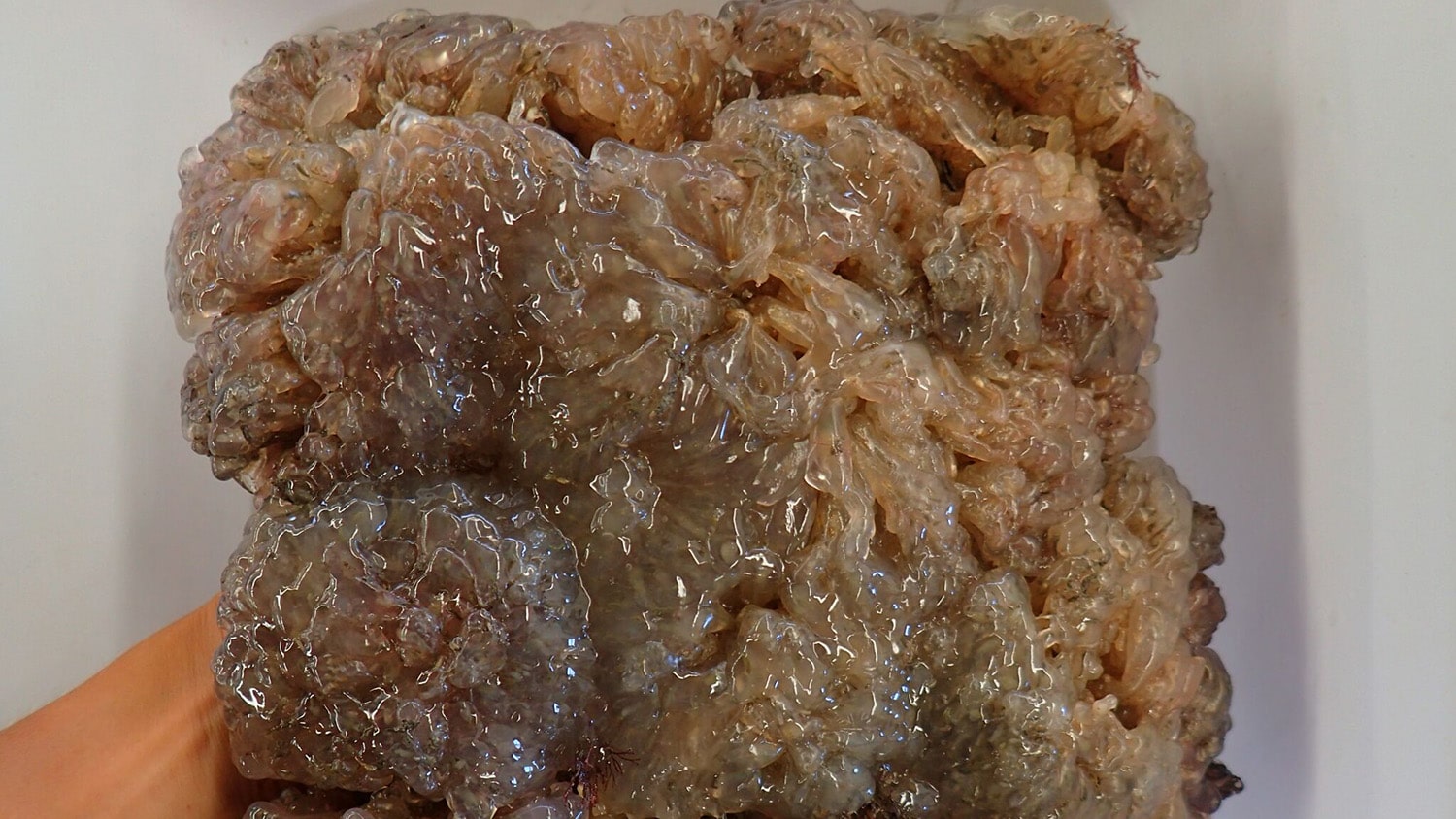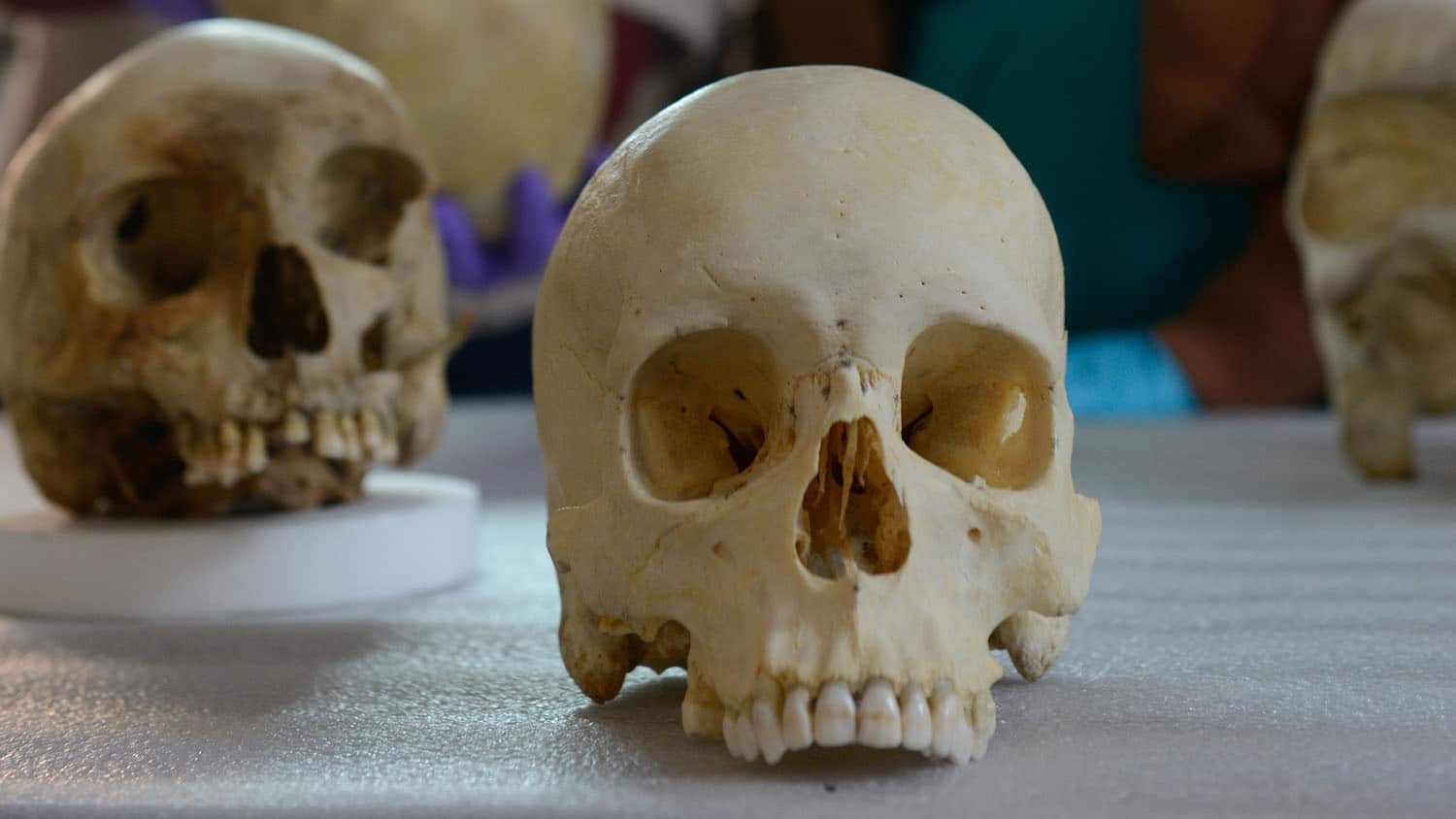侵入性物种改变海洋社区,干扰自然灾害后的恢复

立即发布
一种入侵性的海洋污染物种,不仅减少了其入侵的群落的多样性,还干扰了它们在自然灾害后的恢复——一个被称为“演替”的过程。
继承是指生态系统在骚扰或自然灾害后如何恢复 - 系统是否会在物种组成方面或多或少地相同,或者是不同的?
凯拉·克里斯蒂安森(Kayla Christianson)曾是北卡罗来纳州立大学的研究生,也是描述该研究论文的第一作者,她说:“森林发生火灾是森林继承的经典例子。”“随着社区从火灾中恢复,它将通过一种可预测的社区发展模式——从草开始,到树木和成熟的森林结束。这种可预测的演替顺序主要是由于土壤下面的种子库,这使群落能够在干扰发生时恢复。”
然而,海洋污垢社区不会遵循与陆地生态系统相同的模式。海洋污染物种是无脊椎动物过滤器喂养的生物体 - 类似的藤蛋白或贻贝 - 在硬质基板上沉淀,如码头,桩或船体。诸如侵入性C.椭圆形的软体肌肤也是污垢。
“海洋污染环境是不同的,因为不同种类的幼虫在一年的不同时间出现,所以干扰后的生态系统是什么样子取决于它什么时候发生,”海洋大学教授大卫·埃格斯顿说,北卡罗莱纳州立大学地球和大气科学的研究人员,也是这项研究的通讯作者。“对于海洋物种来说,干扰会提高群落的多样性。”
Eggleston和Christianson想看看这种入侵物种在污染环境中会如何影响演代。
克里斯蒂安森和埃格尔斯顿重复了50年前在北卡罗来纳州博福特进行的传承实验。从2017年5月到2018年9月,他们每四周将陶土沉降板浸入码头,并观察在那里定居的社区。
在研究过程中,22种不同的污染物种定居在这些板上。但在每一种情况下,当C. oblonga定居下来时,它们会迅速排挤其他物种。研究期间还经历了一个异常寒冷的冬天,以及2018年9月佛罗伦萨飓风的登陆,这使研究人员能够观察自然干扰后的演替情况。虽然寒冷和飓风成功地赶走了长角C. oblonga,但它很快就重新生长,排挤了其他物种,消除了物种多样性。
“在重新调整继承理论中,我们发现它在没有侵入性物种的情况下持有,但不是在他们的存在下,”Eggleston说。“对于这些污垢物种,无论发生干扰,社区总是恢复侵入物种。
“C。奥布龙加自2015年才来到这里,但它似乎没有真正的天敌,它排挤了本地物种,并在这里找到了立足之地。我们必须监控这个物种,确保它不会影响我们当地的贝类产业。”
这项研究发表在生态球并得到了北卡罗莱纳海洋基金(拨款R12-HCE-2)和国家科学基金(拨款OCE-1155609)的支持。
皮克-
编辑:一个抽象的。
人类世生态学理论的检验:入侵海洋物种演替的改变
作者:Kayla Christianson, David Eggleston,北卡罗莱纳州立大学
发表:4月23日,2021年生态球
文摘:
生态学家采用多样化的理论,以帮助解释生态系统中的模式和过程,并对越来越改变的世界进行测试的生态理论的一致性。物种的全球重新分布是气候变化和人类介导的生物侵犯的突出影响,往往导致生态系统的负面影响。最近,目前没有出现的殖民地剧场的物种克拉里纳·伦敦,在美国北卡罗来纳州博福福特的海洋污垢群落中变得突出。Fifty years ago Sutherland and Karlson (1977), in testing theories of ecological succession developed in terrestrial systems, found that this marine community was characterized by a heterogeneous mixture of species that varied inter-annually (i.e., multiple community states) and increased in diversity over time. Recently, Theuerkauf et al. (2018) found that the fouling community is dominated by C. oblonga with patterns of community development and structure that led to the loss of alternative community states, domination by C. oblonga, and reduced species diversity. The present study addressed the question: will patterns of community development identified over 50 years ago still operate under reduced cover of invasive C. oblonga? This study also quantified the impacts of two large-scale, environmental disturbances (extremely cold winter & hurricane) on the abundance of C. oblonga and the resulting fouling community. C. oblonga remains a dominant component of the fouling community due to its rapid growth and strong seasonal recruitment. Under conditions of reduced percent cover of C. oblonga, the local fouling community displayed unique community states that became even more distinct over time, consistent with the pattern of multiple community states identified by Sutherland and Karlson (1977) that were dependent upon date of disturbance. Natural disturbances in this study caused by a harsh winter and a hurricane greatly reduced the presence of C. oblonga. This experiment advanced our understanding of marine community ecology by testing if the concept of multiple community states identified over 50 years ago by Sutherland and Karlson (1977) is still operable in the absence of invasive C. oblonga, and highlights how natural environment disturbances can potentially moderate the spread of this invasive tunicate.



